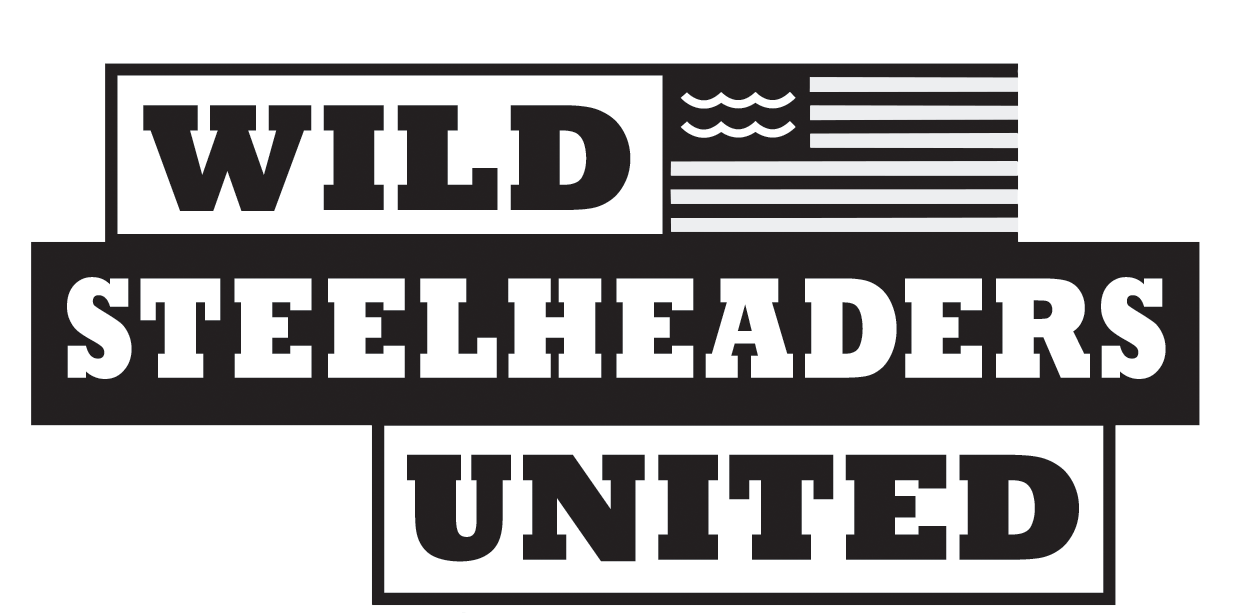The Washington Department of Fish and Wildlife announced their most recent Wild Steelhead Gene Bank designation which will be situated on the Grays and Chinook Rivers in the Lower Columbia. It is the final of four gene banks planned for the region. “Gene banks are an important tool for the recovery of wild fish in the state of Washington. …
The Lost Coast
The Lost Coast The name alone is enough to get any steelheader’s pulse racing. Shrouded in myth and the coastal fog which often blankets this region, the Lost Coast of California is one of the cradles of modern steelhead angling. Legendary wild steelhead rivers such as the Eel, Trinity, Mattole, and Van Duzen flow from and through its rugged, scenic …
Oregon’s loss of funding shows we’ve got work ahead of us
Loss of funding shows we’ve got work ahead of us By: Dean Finnerty Oregonians have known for years about the need to clean up our act with regard to water pollution standards along our favorite salmon and steelhead streams in western Oregon. That reality hit home recently. After the Oregon Board of Forestry ignored its own science and refused to make significant changes to address …
New Steelhead Science and Potential Management Changes
Surviving Puget Sound: One of the best parts of my job is sharing scientific research with anglers, who seem to have an almost insatiable appetite for understanding steelhead. Sharing information is important not only to help anglers understand steelhead, but also because more informed anglers make better advocates. Wild steelhead will need as many advocates as possible if we are …
“A worse location is unlikely”
A proposed Liquified Natural Gas (LNG) export terminal at the mouth of BC’s Skeena River threatens its legendary wild salmon and steelhead runs. When you’re talking about the finest wild steelhead rivers in North America—heck, in the world—a few names come immediately to mind. The Smith. The Dean. The Rogue. And certainly the Skeena. The Skeena, British Columbia’s …
Field warriors: TU’s Citizen Science
By Dean Finnerty, In early February, members from the Redsides and Coastal Cutthroat chapters joined forces with members of Project Healing Waters and the Oregon Department of Fish & Wildlife to begin several week’s worth of volunteer work as part of Trout Unlimited’s “citizen science” effort. Volunteers are working in the West Fork of the Smith River (Oregon’s Umpqua tributary) …
Comment on Lower Columbia Wild Steelhead Gene Bank
The Washington Department of Fish and Wildlife (WDFW) is seeking comment on its most recent round of Wild Steelhead Gene Bank designations. Wild Steelhead Gene Banks are mandated by WDFW in their 2008 Statewide Steelhead Management Plan. Submit your comments at TeamVancouver@dfw.wa.gov by this Friday, February 5th. Per the Department, stocks selected as Gene Banks must be sufficiently abundant and …
Are there any wild steelhead left? Yes, there is no doubt. But it is up to us to ensure their future and the fisheries they provide.
A topic that is commonly raised in the steelhead conservation world is whether there are any “pure” wild steelhead left. Before I answer, I want to take a step back first. There are two types of hatcheries. We have integrated hatcheries, where fish used for broodstock are taken from the same population in which they are planted. These are …
Suction dredging in your backyard
This week, anglers will gather for a hearing on House Bill 2467. If passed, this legislation will bring some much needed reform to rules (or lack thereof) regulating suction dredging in the state of Washington. [Show your support for HB 2467 by attending the hearing: House Hearing Room B at the John L. O’Brien Building Olympia, WA. Time: 8a.m. Or, tell the House Agriculture and …
The case for a portfolio of wild-only and hatchery steelhead rivers in Puget Sound
What does “fishing opportunity” mean to steelhead anglers? The answer depends on who you ask. For some, opportunity must include the ability to harvest steelhead. But for the majority of anglers, based on our extensive poll of roughly 650 active steelhead anglers, opportunity is defined as being on the water with the chance to catch and release a steelhead. …

